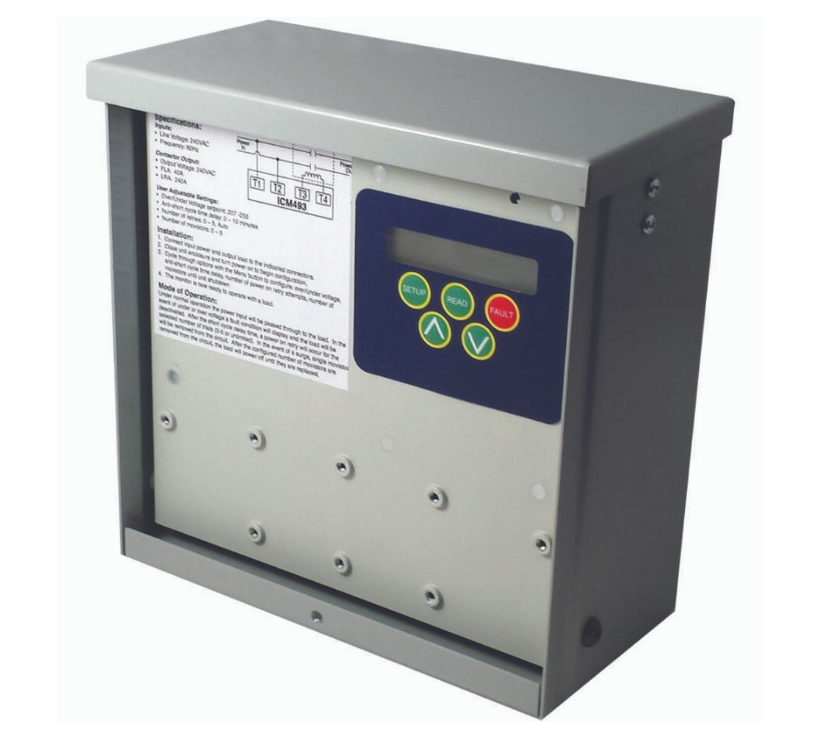Colorado has more lightning strikes than any other state but Florida. That’s why it’s important to have surge protection on your electrical system. In fact, it’s so important that the 2020 National Electrical Code (NEC) requires it in all new construction and upgrades, typically at the main panel or service meter.
But is that enough to protect sensitive, expensive equipment like computers and audio-visual centers? Probably not. Here’s what you should know.
What a Surge Protector Does (and Doesn’t)
Surge protectors have components that block excessive current from reaching points where it can cause damage. They have “clamp points” that throttle voltage down to a manageable level. Some include circuitry and filters that are more responsive and reliable than others.
At the lower end of options, many whole-house surge protectors have “let through” clamp points of 600 or more volts. That will probably prevent wire melting and a fire and save much of your heavy equipment, including older appliances. But if you need additional protection, there are additional options.
Levels of Surge Protection
Surge protectors are designed for different levels of protection. Whole house surge protectors are intended to protect everything on your electrical system from lightning strikes that can send hundreds of volts through it, frying appliances indiscriminately and starting fires. That’s what the NEC requires and is important enough to be added to any structure that doesn’t have it.
For added protection, Inline Surge Protectors come in a variety of types and costs. Least expensive are the ones you are most familiar with, the ones mounted in a $25 plastic power strip. They typically have a simple circuit breaker that trips when it detects a power surge and have relatively high clamp points.
Plus, they can be slow to react, letting a decent jolt pass before shutting down. And their plastic housings can melt and even start fires under sufficient loads.
For better protection of sensitive equipment like audio/visual centers and computers, look for higher-end products in metal housings in the $60+ range. They have clamp points in the 200-volt range and many come with filtered outlets to improve sound quality for audio output.
These are the ones that prevent most sensitive equipment from killing voltages.
When Even More Protection is Needed
As newer heavy equipment such as highly efficient variable speed inverter-based heat pump and air conditioning systems become reliant on delicate circuitry, even small spikes and surges can be devastating. That’s where line voltage monitors save expensive and inconvenient repairs and replacements. They protect against over and under voltage, rapid short-cycling, and high power surges that can result in hundreds, if not thousands, of dollars in damage.
They have multiple surge arrestors and have digital controls for precise settings which also record fault history for quick diagnostics. Placed on the system’s power supply, line voltage monitors can be easily and inexpensively mounted outdoors in NEMA-rated waterproof enclosures.
For more about line voltage monitors, see this article on the Allstar Electrical Services website.
Need More Information? Call an Expert
Allstar Electrical Services has been installing both fixed and variable speed heat pumps and mini-splits since they were first introduced. Our line voltage monitors come with a limited lifetime warranty including up to a 3-year $10,000 connected equipment warranty. A quick, inexpensive installation is all you need to protect your variable speed heat pump or mini-split system against costly, inconvenient repairs caused by various common electrical system problems.
Allstar Electrical Services is committed to helping you enjoy your living and work spaces safely and efficiently at the lowest possible cost and environmental impact. Our extensive residential and commercial services are there to help you reach that goal. Visit our website to learn more. Then email us or give us a call at 303.399.7420 to schedule an appointment.


